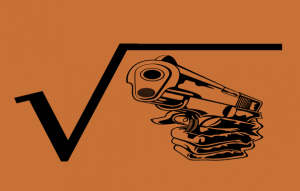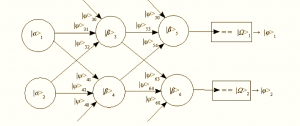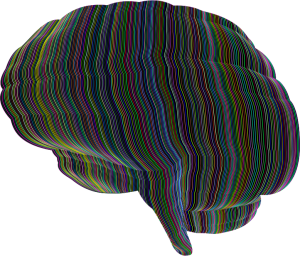 There has been a continuous bleed of biological, philosophical, linguistic, and psychological concepts into computer science since the 1950s. Artificial neural networks were inspired by real ones. Simulated evolution was designed around metaphorical patterns of natural evolution. Philosophical, linguistic, and psychological ideas transferred as knowledge representation and grammars, both natural and formal.
There has been a continuous bleed of biological, philosophical, linguistic, and psychological concepts into computer science since the 1950s. Artificial neural networks were inspired by real ones. Simulated evolution was designed around metaphorical patterns of natural evolution. Philosophical, linguistic, and psychological ideas transferred as knowledge representation and grammars, both natural and formal.
Since computer science is a uniquely synthetic kind of science and not quite a natural one, borrowing and applying metaphors seems to be part of the normal mode of advancement in this field. There is a purely mathematical component to the field in the fundamental questions around classes of algorithms and what is computable, but there are also highly synthetic issues that arise from architectures that are contingent on physical realizations. Finally, the application to simulating intelligent behavior relies largely on three separate modes of operation:
- Hypothesize about how intelligent beings perform such tasks
- Import metaphors based on those hypotheses
- Given initial success, use considerations of statistical features and their mappings to improve on the imported metaphors (and, rarely, improve with additional biological insights)
So, for instance, we import a simplified model of neural networks as connected sets of weights representing some kind of variable activation or inhibition potentials combined with sudden synaptic firing. Abstractly we already have an interesting kind of transfer function that takes a set of input variables and has a nonlinear mapping to the output variables. It’s interesting because being nonlinear means it can potentially compute very difficult relationships between the input and output.
But we see limitations, immediately, and these are observed in the history of the field. For instance, if you just have a single layer of these simulated neurons, the system isn’t fundamentally complex enough to compute any complex functions, so we add a few layers and then more and more.… Read the rest








